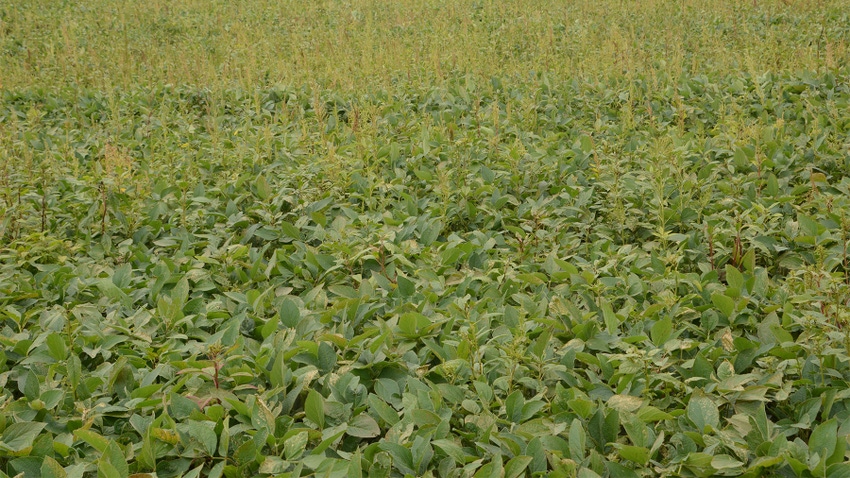September 5, 2023

We had more giant ragweed and waterhemp in a couple of fields than we like. Those fields were going to cover crops. Would we be better off spraying fall herbicides instead to get a jump on weeds?
The Indiana certified crop advisers panel answering this question includes Steve Gauck, regional agronomy manager for Beck’s, Greensburg; Bryan Overstreet, Conservation Cropping Systems Initiative agronomist, Valparaiso; and Dan Ritter, central region agronomist, Dairyland Seed.
Gauck: Waterhemp and giant ragweed can become so aggressive that controlling them is very important. One option would be no cover crops and a fall burndown. If you still want to include cover crops, depending on your location, you may have time to spray the weeds with a non-residual product and then plant your cover crops a week later.
In some more southern areas, I have also seen farmers plant rye only as a cover crop, let weeds emerge, and then use 2,4-D to burn down the broadleaf weeds. This is a bit more challenging in most areas. To get the best stand of cover crops and receive the most benefit from them, they need to be established in a relatively weed-free field.
Overstreet: I would still go with your plan of planting a cover crop. Both of those weeds will not germinate until next spring, with waterhemp germinating in late spring. The fall treatments of herbicides are great for winter annuals and perennial weeds, but not so good on controlling spring-germinating weeds — especially tough ones like giant ragweed and waterhemp.
Some studies even show that waterhemp can be suppressed by using cereal rye as a cover crop. When you terminate your cover crop, that should also take care of any early germinating giant ragweed. I would also add a residual herbicide for both of those weeds in the burndown mix next spring.
Ritter: Let’s start by thinking about your key weeds that you mention. Both are summer annuals and would not germinate in a large flush until spring of 2024. The fall herbicide you apply is targeted primarily for winter annuals and early germinating annuals the following spring. We do have allelopathic properties with some cover crops, as well as shading, which can assist in weed control. So, I would stick with your cover crop seeding and plan on a solid weed control program in 2024. It should include a good spring burndown with a residual herbicide.
You May Also Like




